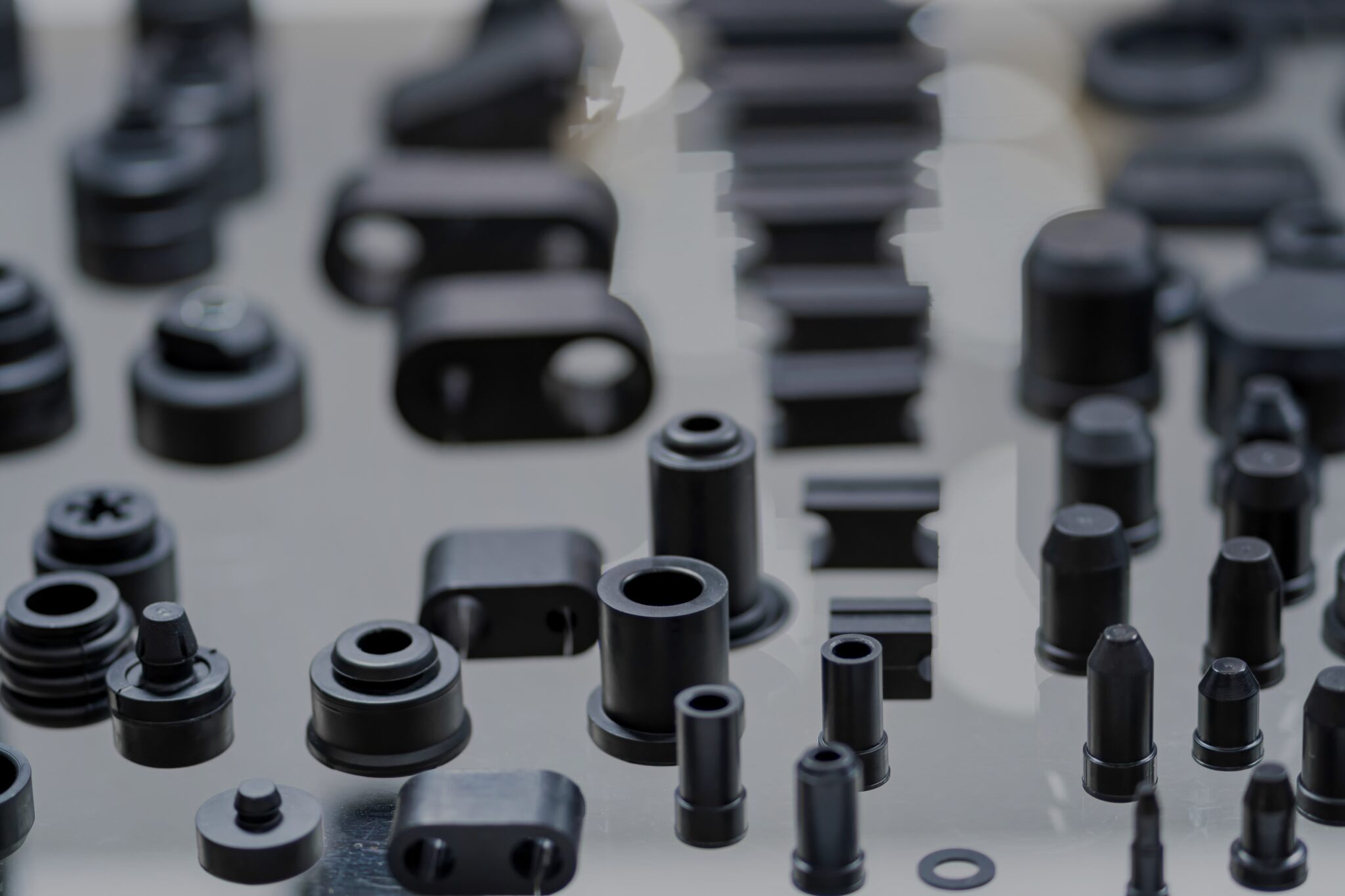

Originally published on fastradius.com on June 22, 2020
Historically, manufacturing in low volumes was a prohibitively expensive undertaking. Tooling the durable molds that are used in mass-production processes like injection molding is expensive and can add weeks or months to production timelines. Manufacturers offset steep upfront capital expenses with high-volume orders, which reduces the cost-per-part and yields higher profit margins. While this makes it easy to produce identical parts in large quantities, it greatly restricts the ability to manufacture specialized or highly customized pieces economically.
However, a number of manufacturing methods, including urethane casting and CNC machining, have increased the feasibility of affordable, small-scale production. What’s more, recent advancements in additive manufacturing have enabled engineers to create parts with complex geometries and unique design features without creating molds, in many ways economizing low-volume production.
The cutoff for what constitutes low-volume production varies across industries, but is generally understood to mean runs that yield between 50 and tens of thousands of pieces. Highly customized parts and prototypes, parts with complex geometries, and bridge tooling are a few categories of part applications that are typically produced in lower volumes.
Low-volume production methods are typically faster, which allows companies to get their product to market quickly. For manufacturers, efficiency is paramount, and it’s important to know which process makes the most sense for each part. Here are a few manufacturing methods that are commonly used for small-volume production.
The cast urethane process works by encasing a master pattern in a silicone mold, which is then used to create extremely accurate replicas of the part. This makes it a viable choice for parts when surface finish is a concern. These silicone molds can be put into production as soon as they have set.
Cast urethane parts require minimal post-processing and have characteristics and properties similar to those of parts created through processes like injection molding, which are known for their durability. Generally, silicone molds are only good for about 25 to 50 shots before they should be retired, which makes the process cost-effective for low-volume production.
CNC machining is a subtractive process that uses computer-controlled tools to shape three-dimensional parts by removing material from a solid workpiece. This allows manufacturers to program repeatable, highly precise, and complex operations that can’t be performed manually or efficiently. However, as part complexity increases, so too do the number of mechanical operations, which drives up the cost of production.
A significant advantage of CNC machining is that it has few restrictions when it comes to manufacturing material. On the other hand, certain internal features are impossible to make through CNC machining. In instances when these features are necessary, 3D printing may present a more efficient solution.
Therefore, it’s up to engineers and product managers to do their due diligence in order to select the proper method by which to achieve their desired results. While CNC machining typically can’t offer turnarounds on par with 3D printing and urethane casting, it offers shorter lead times than injection molding.
Additive manufacturing is frequently a great choice for low-volume production. 3D printing allows you to create parts without the upfront expenses associated with tooling. Parts can also be produced without minimum order quantities, which saves both production and carrying costs. Here are some additive technologies to consider for small-volume production runs.
Carbon’s Digital Light Synthesis™ (DLS) technology creates parts by projecting UV images into a reservoir of UV-curable resin as the build platform rises. This allows manufacturers to create highly isotropic parts with superior surface finish, resolution, and mechanical properties. It’s an excellent choice for creating small volumes of parts with complex shapes.
SLS technology uses lasers to melt powdered material a layer at a time, building the part vertically. The process is ideal for parts that require good surface finish, resolution, and strength, and can be used with a range of base materials.
MJF is similar to SLS, except it uses moving inkheads to deposit and fuse layers of nylon powder material. MJF results in parts with consistent isotropic mechanical properties and fine feature resolution, many of which are fully functional and suitable for end use. The process allows for rapid production, and is an excellent option for creating tooling that requires strength and heat resistance, such as jigs and fixtures.
Ultimately, determining the right method for a given small-volume order will come down to a few key considerations: part application, material, and timeline. To determine the best course of action, consider partnering with a full-service manufacturing shop like SyBridge. Our team of highly experienced designers and engineers provide comprehensive support with the entire production process. Get in touch today if you’re ready to get started on your next project.
Forget typical cycle times. We're pushing the boundaries of conformal cooling. While traditional approaches deliver…
Forget typical cycle times. We're pushing the boundaries of conformal cooling. While traditional approaches deliver…
From left to right: Brayden Janak (apprentice); Logan Vifaquain (CNC machining, Programming and CMM); Ron…
SyBridge Technologies is proud to announce we have been awarded the 2023 General Motors Supplier…
Today, designers and engineers are accustomed to working with digital tools in their day-to-day jobs.…
Optimizing Your Injection Molding Process for Cost-Effective Manufacturing Excellence In today’s competitive landscape, manufacturers are…